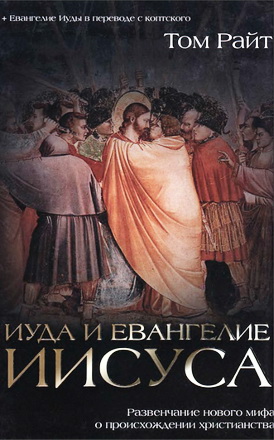
Creation and Composition
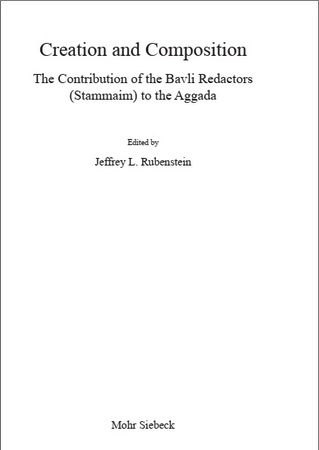
Critical Talmud study is founded on the distinction between two primary literary strata: meimrot, traditions attributed to named sages (the Amoraim, c. 200–450 CE), on the one hand, and setam hatalmud, the unattributed or anonymous material, on the other. These literary strata differ in style: attributed traditions tend to be brief, apodictic statements of law; the anonymous material contains dialectical argumentation, commentary and analysis. Because the anonymous material generally provides context for, and analysis of, the attributed statements, it functions as a type of editing or redaction for those traditions.
The consensus of academic Talmud scholars is that the two literary strata differ not only stylistically but chronologically: the anonymous material post-dates the attributed statements. The sages who composed that anonymous stratum are therefore designated “post-Amoraic redactors” or “Stammaim.” Scholars have increasingly recognized the prominent role of these redactors in the composition of the Bavli. They did not act as passive conduits, merely recording the traditions they received for posterity, nor did they limit themselves to succinct glosses designed to provide minimal requisite explanations. On the contrary, they added extensive discussions and commentary to the terse Amoraic traditions they received, juxtaposed them with related traditions, contextualized them in a larger discursive framework, and created the elaborate sugyot (literary units) that comprise the Bavli text: “Their hands were everywhere in the Talmud, and everything derives from them.”
This characterization pertains to the halakhic portions of the Bavli. It is based on the theories of David Weiss Halivni and Shamma Friedman, who independently proposed that the anonymous, redactional layer post-dated attributed traditions and established criteria by which the two strata could be separated. Their early researches and the studies of many who built upon their foundation concentrated on halakhic sugyot, distinguishing the two strata and identifying the pervasive redactional hand in the creation of the Bavli.
Jeffrey L. Rubenstein - Creation and Composition - The Contribution of the Bavli Redactors (Stammaim) to the Aggada
Mohr Siebeck, Tübingen, Germany, 2005
ISBN 3-16-148692-7
ISSN 0721-8753 (Texts and Studies in Ancient Judaism)
Jeffrey L. Rubenstein - Creation and Composition - The Contribution of the Bavli Redactors (Stammaim) to the Aggada - Contents
Jeffrey L. Rubenstein Introduction
Part I Texts and Topics Alyssa
- M. Gray The Power Conferred by Distance From Power: Redaction and Meaning in b. A.Z. 10a–11a
- Shamma Friedman A Good Story Deserves Retelling: The Unfolding of the Akiva Legend
- Jay Rovner “Rav Assi had this old Mother”: The Structure, Meaning, and Formation of a Talmudic Story
- Leib Moscovitz “The Holy One Blessed be He…Does Not Permit the Righteous to Stumble”: Reflections on the Development of a Remarkable BT Theologoumenon
- Catherine Hezser “The Slave of a Scholar is Like a Scholar”: Stories About Rabbis and Their Slaves in the Babylonian Talmud
- Lawrence H. Schiffman Composition and Redaction in Bavli, Pereq Heleq
Part II Historiography
- Adiel Schremer Stammaitic Historiography
- Daniel Boyarin The Yavneh-Cycle of the Stammaim and the Invention of the Rabbis
Part III Theory and Method
- Devora Steinmetz Agada Unbound: Inter-Agadic Characterization of Sages in the Bavli and Implications for Reading Agada
- David Halivni Aspects of the Formation of the Talmud Joshua Levinson The Cultural Dignity of Narrative
- Yaakov Elman The World of the ‘Sabboraim’: Cultural Aspects of Post-Redactional Additions to the Bavli
- Jeffrey L. Rubenstein Criteria of Stammaitic Intervention in Aggada
Index of Sources
Index of Names and Subjects
Jeffrey L. Rubenstein - Creation and Composition - The Contribution of the Bavli Redactors (Stammaim) to the Aggada - Shamma Friedman - A Good Story Deserves Retelling - The Unfolding of the Akiva Legend
One of the conceptualizations of talmudic literature to which mid-twentieth century scholarship was heir may appear fundamentalistic and simplistic today. The talmudic sugya was viewed as a protocol recording debate in the academy.1 Statements attributed to ancient sages were accepted at face value as the utterances of these sages, with a tendency to accept the interpretation provided in context, unless demonstrated otherwise. Events described were largely accepted as historic fact. Similar tales told about different protagonists were taken as reports of different events whose similarity derived from coincidence or divine providence, or at most, variant traditions of equal historical value. Identical diction in the mouth of different persons in separate episodes was understood as due to the fact that one hero’s statement was known and repeated by another.
These judgements reflected an attempt to view redactional activity as minimal or non-existent. They hold in common a denial of developmental categories in general and creativity in composition and transmission in particular. The traditional meritorious qualities of מעולם רבו מפי שמע שלא דבר אמר לא or הוסיפו לא כלום מדעתן הפליגו ולא are allowed to eclipse many or most aspects of original literary composition and artistic creativity. New details, which suddenly appear in later accounts, are taken as preservation of early traditions, thus neutralizing developmental phenomena. The common explanations for divergent attestations were faulty reports of a single original, or a primeval duality of traditions.
During the second half of the 20th century, attention was directed to the literary and redactional nature of the anonymous voice in the sugyot of the Bavli: not as the voice of a participant but as that of a commentator, with its own set of terminology and abstract halakhic and theological6 conceptualization. These commentators perfected a specialized form of redaction of the sugya, original and creative rather than simply preserving or transmitting. We have become familiar with the methods, mentality and style of this component, and can recognize its typical intervention in aggada as well as halakha, in anonymous discourse as well as within the bounds of attributed statements, or even in the formulation of new memrot as part and parcel of the dialectic being created, when context and style may require, or benefit from, the statement of a named amora at that point.
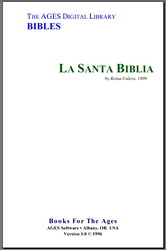
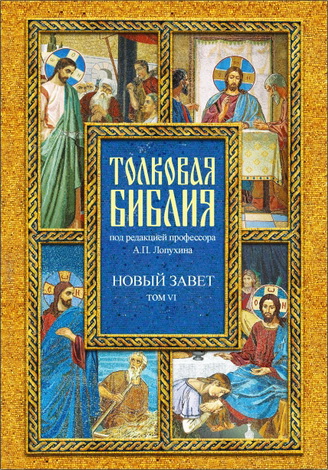
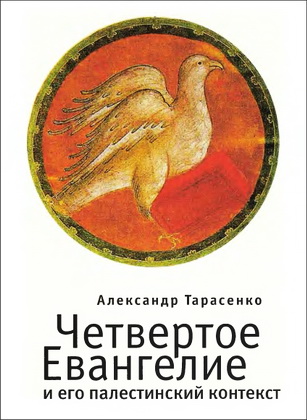
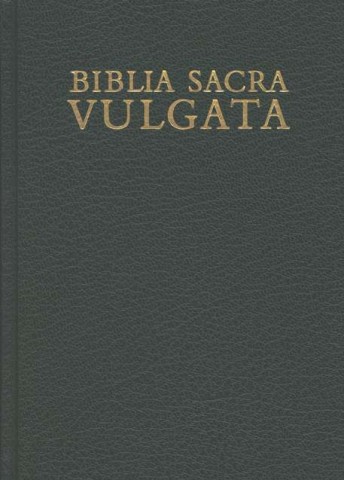
Комментарии
Пока нет комментариев. Будьте первым!